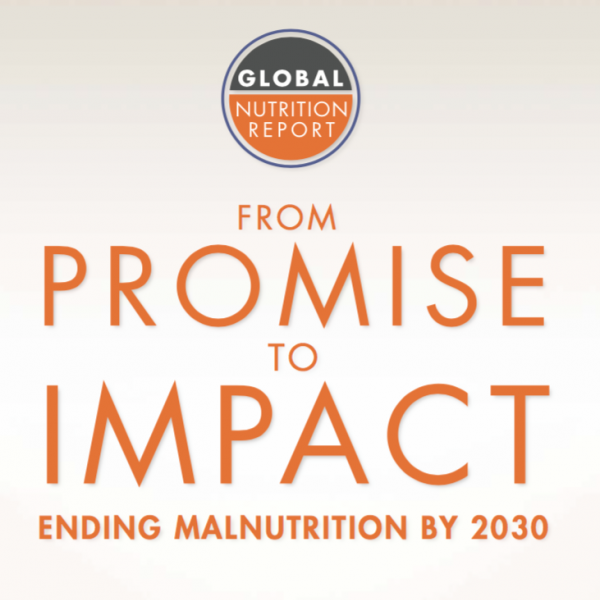What we eat and our nutritional status can affect cardiovascular diseases, some types of cancer, and diabetes. Foods, diet and nutritional status, including overweight and obesity, are also associated with elevated blood pressure and blood cholesterol, and resistance to the action of insulin. These conditions are not only risk factors for NCDs, but major causes of illness themselves. Both undernutrition and overweight and obesity place individuals at risk of developing NCDs and it is critical to address malnutrition in all its forms in an integrated manner along the life-course approach.
Globally, calories obtained from meat, sugars and oils and fats have been increasing during recent decades, and those from fibre-rich foods such as wholegrains, pulses and roots have been declining. Consumption of processed and convenience foods continue to rise rapidly in LMICs. This nutrition transition affects dietary patterns and nutrient intake, which influence the risk of developing NCDs.
Food systems have undergone dramatic changes in past decades. It is well established that this has had implications for nutrition, food security and environmental sustainability. Global food system changes have also had dramatic implications for NCDs by influencing the nutritional quality of foods that are available, affordable and acceptable to consumers.
Malnutrition in all its forms
According to estimates by the WHO and the Food and Agriculture Organisation (FAO), today, approximately 795 million people do not have enough food, while 1.9 billion are consuming too much, manifesting in micro- and macronutrient deficiencies, obesity and overweight.
Governments committed to action to address malnutrition in all its forms at the Second International Conference on Nutrition (ICN2) held in Rome in November 2014. The ICN2 was a landmark event in that its outcome documents, the ICN2 Rome Declaration and its accompanying Framework for Action recognise the need to address obesity/overweight and nutrition-related NCDs along with other forms of malnutrition. The ICN2 Outcome Documents detail a comprehensive, integrated set of policy actions to be taken by national governments with technical assistance from WHO and FAO.
In August 2016, the second Nutrition for Growth Summit (N4G) hosted by the Government of Brazil in Rio de Janeiro will provide an opportunity for the NCD community to push more ambitious SMART political and financial commitments to address malnutrition in all its forms to achieve commitments made at the ICN2.
Childhood Obesity
In 2013, at least 42 million infants and young children were obese or overweight and this number is estimated to rise to 70 million by 2025 if current trends continue.
In 2014, almost half (48%) of all overweight and obese children aged under 5 lived in Asia and one-quarter (25%) in Africa. The number of overweight children aged under 5 in Africa has nearly doubled since 1990 (5.4 million to 10.3 million).
To address this concerning trend the WHO Director General established a Commission on Ending Childhood Obesity. The commission’s findings and comprehensive package of recommendations can be found HERE. An implementation framework will be developed by 2017.
Click to share these tweets:


